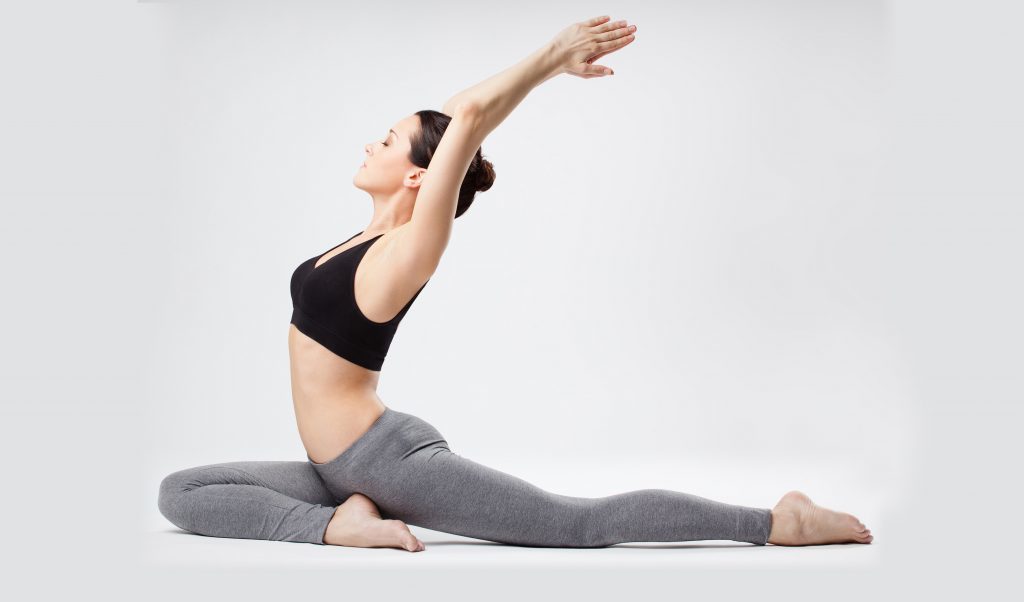 In the first part of a two-part article, Jimmy Tang advises on how to lower your risk of back pain by improving your flexibility.
In the first part of a two-part article, Jimmy Tang advises on how to lower your risk of back pain by improving your flexibility.
Being flexible is the ability to move freely through a good range of movement. Optimal musculoskeletal function requires that an adequate range of motion be maintained in all joints; we should have adequate levels of flexibility to allow us to take part in a variety of activities. For example, we need to bend to pick things up from the floor or extend our bodies to reach overhead.
Flexibility is one of the five components of fitness, the other four being muscular strength, muscular endurance, cardiovascular fitness (stamina) and body composition.
Relevance of flexibility to dentists
Lack of muscular flexibility is prevalent amongst dentists who spend a lot of time sitting. Maintenance of prolonged static postures is detrimental because muscles adapt to the positions we put them in, and the longer we hold them in a certain position, the more tissue adaptation occurs; these adaptations lead to muscle imbalances –certain muscles become tight whist others are stretched – predisposing the body to musculoskeletal problems.
Tight muscles affect normal range of movement of joints and of particular importance is maintenance of muscular flexibility in the lower back and hamstring regions. Prolonged sitting, placing the knees and hips in flexed positions predisposes the body to habitual tightness of the hamstrings and the hip flexors.
Lack of muscular flexibility or too much tension in these areas increases the risks of developing musculoskeletal lower back pain. This is because other muscles that are not designed for certain tasks have to overwork to compensate (synergistic dominance) for the lack
of flexibility.
Why do we need to be flexible?
Although muscle-strengthening activities help to maintain your ability to perform everyday tasks and slow down the rate of osteoporosis and sarcopenia associated with ageing, routine flexibility training can improve your posture, reduce aches and pains and lower your risk of injury.
Good flexibility can also facilitate you to carry out your daily routines. Therefore, any exercise routines should include activities that promote muscular flexibility.
Factors that affect your flexibility include:
- Genetics – some people are more flexible
- Gender – females tend to be more flexible than males
- Elasticity of the joints, tendons, connective tissue and muscles
- Muscle imbalances – eg, the strength of the opposing muscle group. Bodybuilders with huge muscle bulks, although they are strong, they are not as flexible
- Age – flexibility reduces with age as tissues become less elastic.
How do we improve our flexibility?
How often do you skip the stretches at the end of your workout? It is so important to incorporate flexibility training to your usual exercise routine.
Properly performed routine stretching can aid in improving and maintaining your flexibilities. These activities should be performed in a slow, controlled manner with a gradual progression to greater ranges of motion.
It is advisable to warm up for five to 10 minutes before stretching.
General guidelines for maintaining flexibility
- Frequency: undertake stretching exercises at least three times per week
- Intensity: to a position of mild discomfort but no pain
- Duration: as long as it takes until the tension in the muscle subsides. This usually takes anywhere from 30 seconds to a couple of minutes
- Repetitions: three to five for each types of stretching
- Always warm up your body before you start stretching.


